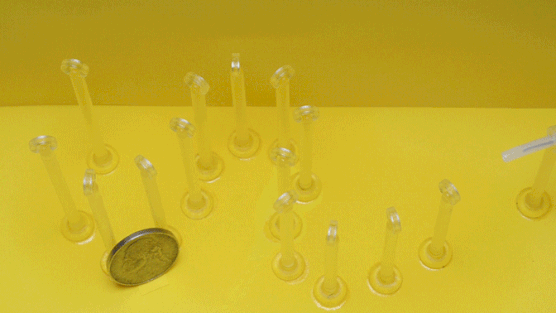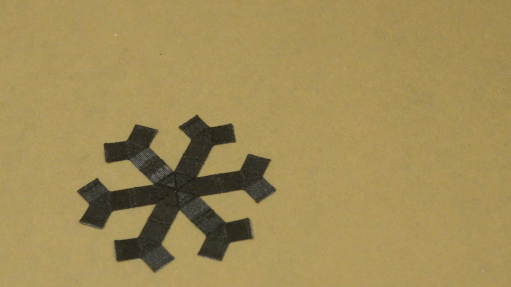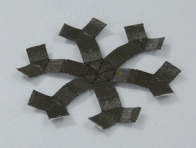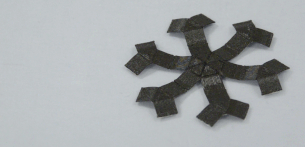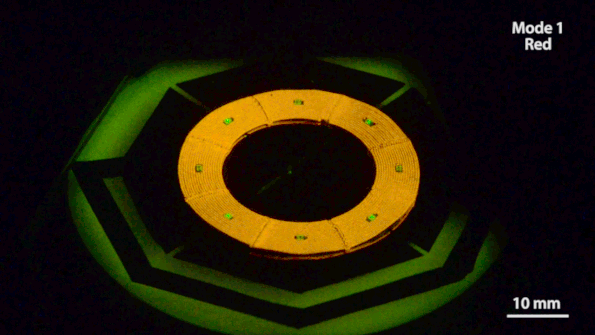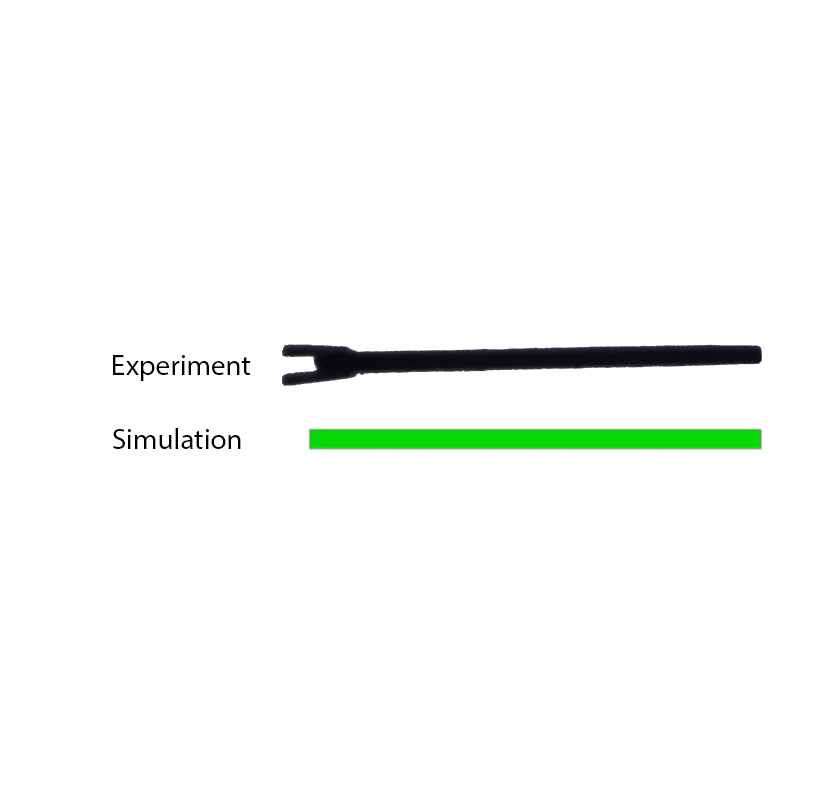Research Interests
Ferromagnetic Soft Continuum Robots
|
Our soft-bodied continuum robot, a type of slender, thread-like robot, is capable of slithering with minimal friction through highly complex and constrained environments — such as narrow and tortuous vasculature of the human brain. This submillimeter-scale soft continuum robot shown on the left is navigating in a life-sized silicone model of brain arteries filled with a blood analogue using active, omnidirectional steering based on magnetic actuation. Enabling access to tight and hard-to-reach spaces in a minimally invasive manner, our soft continuum robots are expected to bring robotics into cerebrovascular and endovascular neurosurgery, thereby addressing unmet needs and technical challenges in healthcare.
Click any of the figures for more information. Image Credits: Yoonho Kim |
Shape-programmable Soft Active Materials
|
Soft materials capable of switching between complex 3D shapes in response to external stimuli have potential uses in areas as diverse as robotics, electronics, biomedicine, and so on. In Zhao Lab at MIT, we have been developing advanced fabrication techniques including 3D printing to create functional soft materials that undergo rapid, reversible transformation via magnetic actuation, which shows multiple modes of complex shape changes within fractions of a second.
|

Click the figures above for more information.
Untethered Soft Machines and Robots
Our journey toward 3D-printed magnetic soft materials started from a simple question: “What if we can make a soft robot that can be remotely actuated and controlled by a clinical MRI scanner?”. In Zhao Lab at MIT, I have been interested in soft robots and actuators because of their potentials in biomedical applications. Soft materials, owing to their inherent softness, are more favorable to human bodies and hence more suitable for biomedical applications than their rigid counterparts. Many limitations of existing soft robots and active materials brought us this idea of magnetically actuated, thus untethered, soft robots that carry out tasks in a remotely controllable manner. We are expecting that our technology will allow us to develop untethered magnetic soft robots capable of operating in confined and enclosed spaces, like the human body, for future biomedical applications. To this end, we will further expand our materials and fabrication platform while advancing the actuation field control for such magnetic soft robots.
Applications of Soft Active Materials
|
Diverse functions can be derived from complex shape changes of our 3D-printed soft active materials, as shown in the example of a reconfigurable soft electronic device on the right. Considering the fact that ‘shape determines functions’, we expect that the increased level of complexity in terms of achievable shapes would enable more sophisticated functions and hence more practical applications in many areas, particularly in biomedicine such as targeted drug delivery and tissue engineering, which typically require tetherless actuation in enclosed and confined spaces such as human bodies.
|
Mechanics of Soft Active Materials
|
We have also developed a theoretical model that allows us to quantitatively predict the complex behavior of our printed magnetic shape shifters. Application of magnetic fields induces torques on the magnetic particles embedded in the soft polymer matrix, and these magnetic torques create internal stresses that collectively lead to a macroscale response in the form of complex shape changes. To better understand the behavior of magnetic soft materials and hence quantitatively predict the complex transformation, a theoretical model and its computational implementation are required. Moreover, such capability of accurately predicting the final shape under the influence of magnetic interaction is crucial to guide the design of new functional structures and devices based on the programmed shape changes.
|
Image credits: Yoonho Kim

